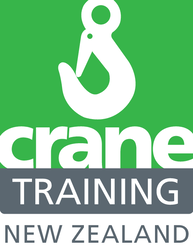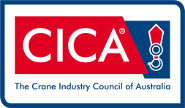3-TONNE ‘TITAN’ BRAND CHAIN BLOCKINCIDENT: Lower load hook became detached from the hook block.
View the technical bulletin in full here Hydraulic boom maintenance for all terrain and rough terrain cranes can often become an afterthought amidst busy work schedules. As TADANO discussed in “Rough Terrain Crane Maintenance and Extreme Working Conditions,” maintenance schedules can often even be accelerated if a crane is working several shifts around the clock.
This is even more important with the pinning style booms that use location sensors and requires more precision than conventional cable extend and retract boom systems. The Crane Association of New Zealand places a great deal of importance on training and safety. Over the past 12 months we have watched the strong uptake of the Best practice guidelines for working at height in New Zealand released in April 2012. The Crane Association was involved with this document at a consultation level. Over the past 12 months we have had a number of members provide feedback regarding working at height. Specifically the unloading of trucks. These members have been looking for viable options to keep staff safe. The issue has been that it is normally easy to load in a known environment with methods and procedures in place but on arrival at a construction site the picture is often very different due to space constraints.
One solution members may not be aware of being used within industry has been Inertia Reels. The Crane Association supports this approach and today release a guideline to our members choosing this option. You can download from the members area our Guideline for the safe use of Crane Anchored Inertia Reels. (Crane Association Members Only) The requirements for reporting crane incidents
Pressure equipment, cranes, and passenger ropeways regulations 1999Are you aware that cranes have a higher threshold for the reporting of incidents? Note: This information was updated in the 2015 Crane Safety Manual. Refer to Complex Lift which replaced the terminology referred to here as a critical lift. The Crane Association has left this information here for historical record. See the latest Crane Safety Manual for the latest information and advice on Multiple Crane Lifts. Category One
1. A relatively simple basic lift requiring one or more cranes. 2. A relatively routine, simple basic lifts not involving significant height or reach using two or more cranes. A relatively routine, simple basic lift is normally one which because of weight, length or physical size requires two cranes e.g. lifting a 40ft container from each end off a truck and placing it on the ground. The Load Lifting Approved Code of Practice states:
4.4 Wire rope (bulldog) clips 4.4.1 Do not use wire rope (bulldog) grips on any load-hoisting rope. They are only suitable for forming an eye on stays or guys. 4.4.2 Wire rope (bulldog) grips must comply with DIN 1142 or equivalent Standard as per the drawing. VEHICLE DIMENSIONS AND MASS RULE - LIGHTING & SIGNAGE REQUIREMENTS
It appears that there are differing interpretation being applied with regard to the lighting and signage requirements of the Land Transport Rule – Vehicle Dimensions and Mass 2002. The data is contained in the Rule and also in Factsheets published by the Land Transport Safety Authority. This Bulletin has been produced with the express purpose of showing just the lighting and signage requirements and has been taken from the Rule. An Over-dimensional Vehicle is: This policy applies only to cranes certified in accordance with BS2799:1974 The following Policy Guidelines cover:
The following has been extracted from the Vehicle Dimensions & Mass Rule 2002. Rule 41001 By now everyone will be aware that the new Dimensions & Mass Rule came into effect on 1 July 2002 and that there would be a three month “overlap” whereby operators could work under either the old or new rule.
|
Archives
June 2023
Categories
All
|
|
|
|
NZBN: 9429042812272
The Crane Association of New Zealand (Inc.) has membership or reciprocal membership with the following associations

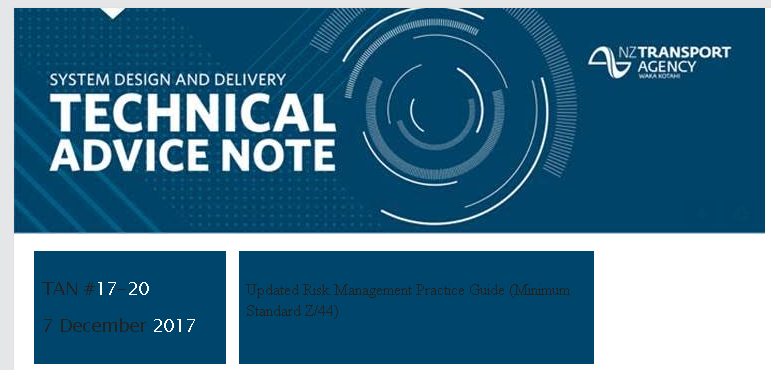
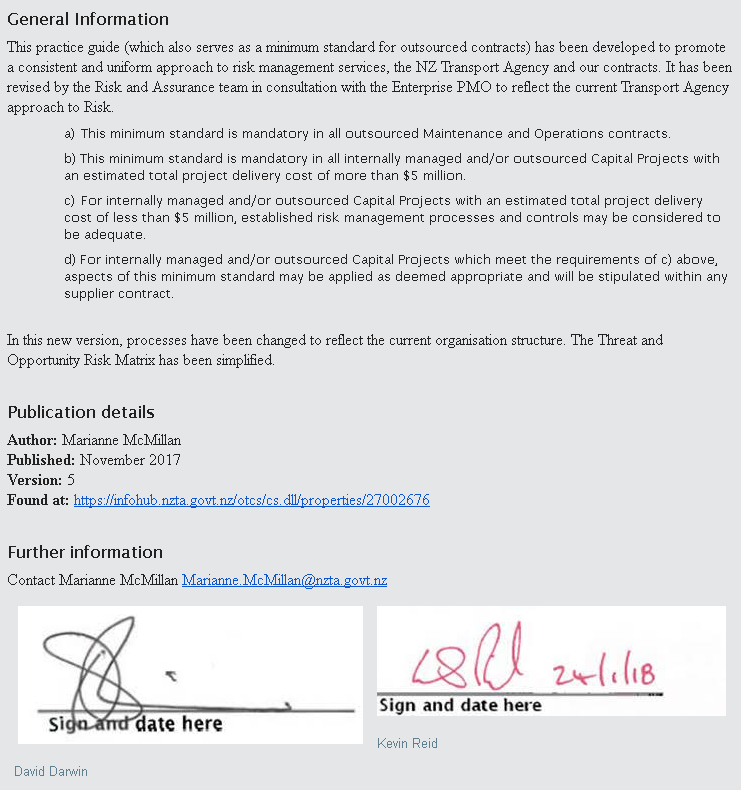
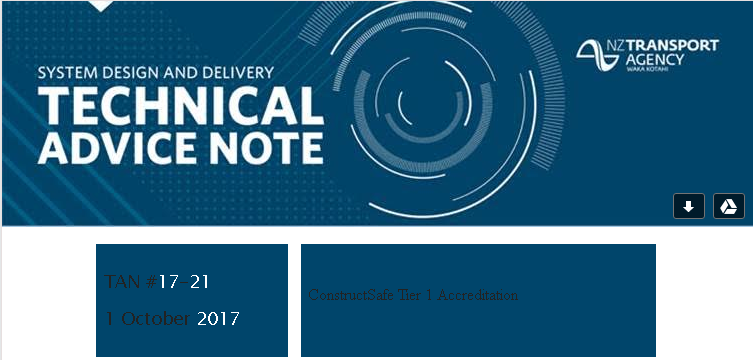
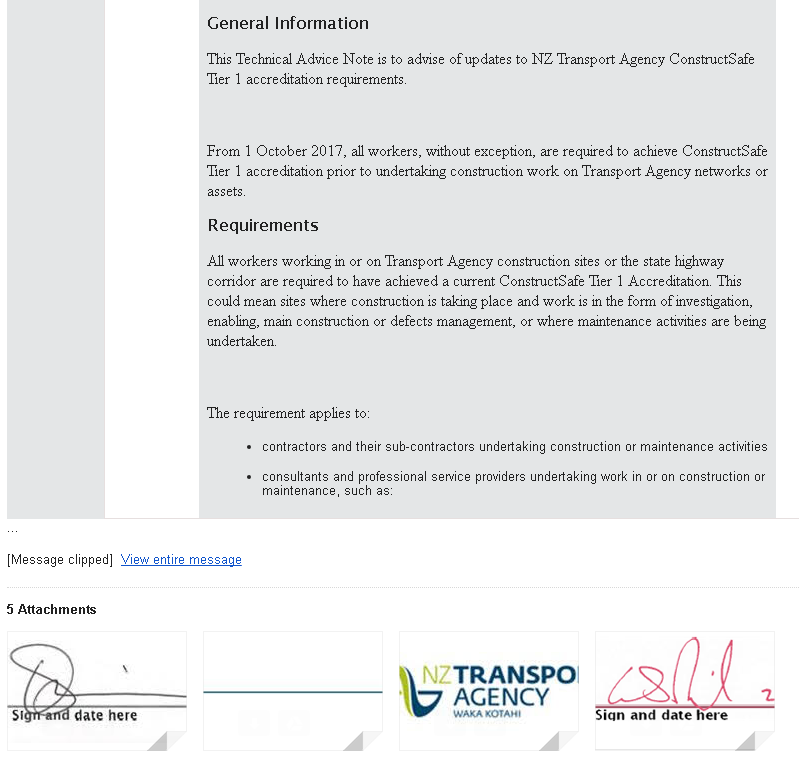
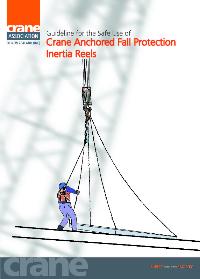
 RSS Feed
RSS Feed

